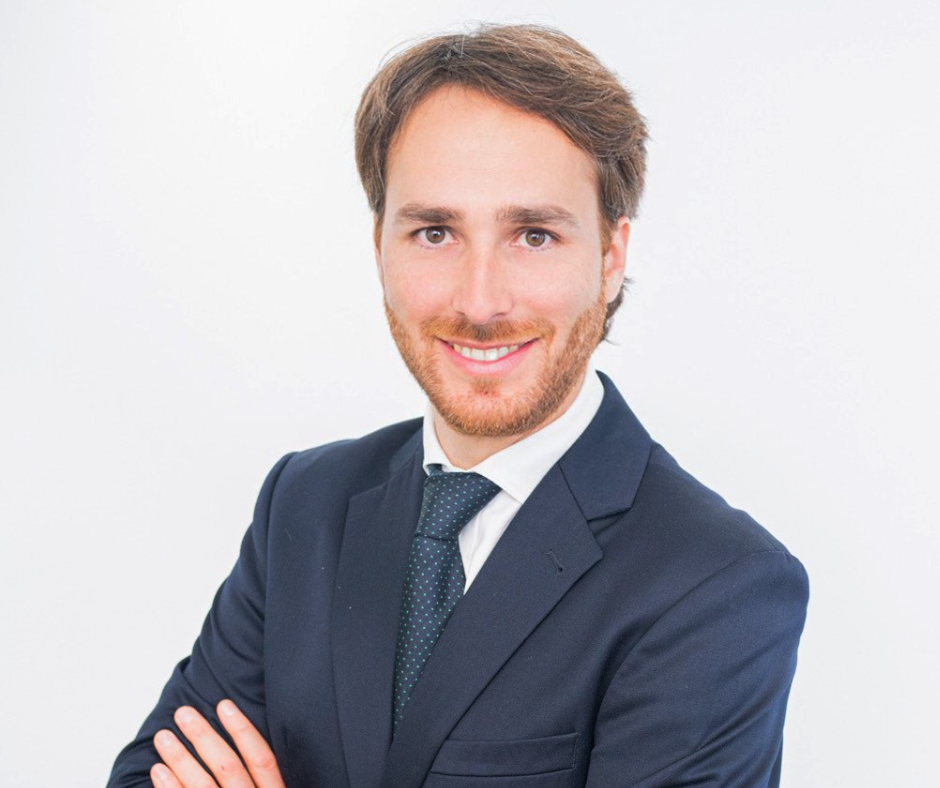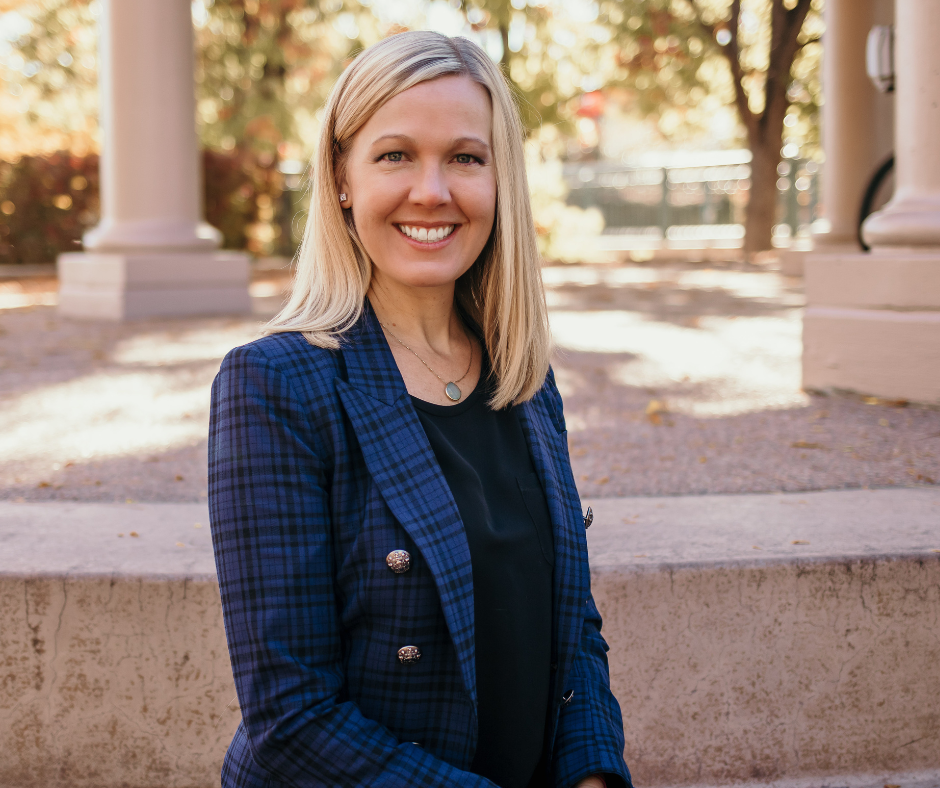
Insights from the Osstell ISQ Symposium: Experts Share Their Wisdom on Implant Dentistry
Jan 12, 2024
The field of implant dentistry is continuously evolving, with new technologies and techniques shaping the way we approach dental implant placement and restoration. The Osstell ISQ Symposium 2023 brought together experts in the field to discuss the critical aspects of implant stability and its impact on treatment outcomes. In this blog post, we will share some of the thought-provoking questions posed by attendees and the insightful answers provided by the panel of experts.
Jordi Caballé Serrano

Introduction: Dr. Jordi Caballé Serrano is an Oral Surgeon and Scientist trained in Barcelona and Bern. He is an Associate Professor at the Dept. of Oral and Maxillofacial Surgery at UIC Barcelona and an Associate Researcher at the Dept. of Periodontology at the University of Bern. Dr. Caballé Serrano has authored numerous international publications and lectures globally. He divides his time between research on tissue regeneration and clinical practice as an Oral Implantologist.
In your initial discussion about the critical bone at the start of your presentation, you indicated that the presented protocol is applicable only when there is sufficient bone volume. If a bone graft is necessary, would you still do the ISQ measurement? What range of ISQ values would be anticipated?
Answer: ISQ measurement is advisable always when placing and before restoring an implant to have an accurate idea of how stable that implant is and how to proceed. To apply the protocol presented here, ISQ value has to be at least 60.
How do you communicate the ISQ to patients, and what is the typical feedback from the patients?
Answer: A good way to communicate how stable an implant is to patients is to use the osstellconnect.com platform where data of implants can be stored and easily visualized. Another simple way to communicate with patients is to show them the color of the Osstell Beacon – if green appears, it’s good to go! Usually, patients enjoy being able to participate in their treatments.
Has the use of ISQ made you use 1-stage more often instead of 2-stage?
Answer: The use of ISQ has made me be more precise and perform safely more 2-stages than before. Implants that you might have the feeling are stable enough to leave them with the healing cup, once you measure the ISQ you realize that you should place the cover screw instead, being safer and ensuring correct osseointegration.
Prof. Lyndon Cooper

Introduction: Dr. Lyndon Cooper is the Dean of the Virginia Commonwealth University’s School of Dentistry. He previously served as the Associate Dean for Research and Head of the Department of Oral Biology at the University of Illinois School of Dentistry, Chicago. Dr. Cooper is a Diplomate of the American Board of Prosthodontics and has received numerous awards for his contributions to dentistry. He remains actively involved in research and patient care.
Webinar Link: Data-Driven Success: Artificial Intelligence and Implant Dentistry
How do you foresee AI impacting the accuracy and efficiency of diagnostic processes in implant dentistry?
Answer: The greatest impact on accuracy and efficiency comes from improved communication; AI will expedite data analysis and interpretation, allowing care providers and patients greater access to information. Careful communication will reduce errors. I think this will be as impactful as the gains made through accuracy and efficiency that AI brings to scanning, milling, printing, and execution of dental therapies.
Dr. Rachel Schallhorn

Introduction: Dr. Rachel Schallhorn maintains a private practice in periodontics and implant dentistry in Aurora, Colorado, USA. She is a diplomate of the American Board of Periodontology and is actively involved in practice-based clinical research. Dr. Schallhorn has authored and contributed to several publications and has lectured both nationally and internationally.
Webinar Link: ISQ in Clinical Practice: Providing Individualized Treatment to Optimize Patient Outcomes
Do you measure implant stability for all patients, or is it primarily focused on those with one or more identified risk factors?
Answer: I measure implant stability for all implants I place; this allows for customization of healing times and protocols for each patient I treat.
In your initial discussion about the critical bone at the start of your presentation, you indicated that the presented protocol is applicable only when there is sufficient bone volume. If a bone graft is necessary, would you still do the ISQ measurement? What range of ISQ values would be anticipated?
Answer: Certainly, it is critical that there is sufficient bone to obtain primary implant stability as well as to position the implant in a prosthetically-acceptable position. I measure the ISQ on all implants I place, including those that require simultaneous bone grafting. The range can vary quite a bit depending upon the volume and quality of the native bone present at the time of implant placement. With lower bone density or volumes, I will often see a value less than 70 and will tailor my healing and loading protocols accordingly.
How do you communicate the ISQ to patients, and what is the typical feedback from the patients?
Answer: I review ISQ with patients at the time of placement and when I re-assess the stability during healing. The patients are pleased to know we have an objective way to evaluate how their implant is healing and good rationale for required/recommended healing times.
Has the use of ISQ made you use 1-stage more often instead of 2-stage?
Answer: Not necessarily, but I find with the low ISQ values (less than 60) I am more likely to do a 2-stage approach.
Do you measure implant stability for all patients, or is it primarily focused on those with one or more identified risk factors?
Answer: For all patients.
You highlighted that implants with ISQ values below 50 are typically removed upon installation. In a case, a woman had an ISQ value considerably below 50, yet experienced a highly successful healing process. What are your insights on the factors you believe contributed to the success of this case?
Answer: I think the undisturbed healing was critical for this patient. It was a high-risk decision and necessary for the patient to be involved in making this decision. If the patient had not accepted the risk, I would have removed the implant.
What do you consider crucial when discussing treatment options with your patients?
Answer: It is critical that patients are aware of both the benefits and risks of implant therapy, both in the long and short term. I think one crucial key is for patients to understand that implants are not impervious to bone loss and require care and maintenance for long-term success. I particularly emphasize individual risk factors with my patients; when a patient knows their risk, they can better manage it for optimized outcomes.
Do you communicate ISQ data with your referrals?
Answer: Yes, at the time of placement and at follow-up visits. I also educate my referrals on what the ISQ is and why and how we utilize this information to provide the best care for our patients.
Dr. Schallhorn, do you think that it is better to place an implant that has the longest length available or is it better to be safer using smaller lengths not to endanger biological domains like the sinus?
Answer: Certainly avoiding damage to vital structures is critical. Looking at implant length-related studies, implants of 8 mm length or longer have good evidence to support success over the long-term. If I cannot place an 8 mm length implant, I will evaluate for potential bone augmentation and associated risks and benefits.
The Osstell ISQ Symposium provided a platform for these experts in implant dentistry to share their valuable insights on implant stability and treatment protocols. As technology and research continue to advance, these discussions shed light on how to optimize patient care and outcomes. Whether it’s the use of ISQ measurements, AI integration, or patient communication, staying informed about these developments is crucial for dental professionals and patients alike.
Thank you everyone joining us at the Osstell Scientific Symposium. See you again next year!
You can watch the webinars on-demand here.
More information about the symposium can be found on www.osstellcampus.com.

Add comment